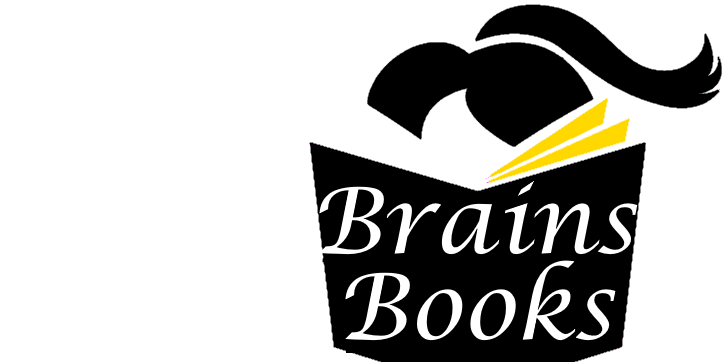334. crucem: crux, cross.
335. pendebat: pendere, to hang.
336. gementem: gemere, to groan.
337. contristantem: sorrowing.
340. benedicta: blessed.
341. unigeniti: the only-begotten.
342. maerebat: maerere, to mourn, lament.
344. incliti: famous.
345. fleret: flere, to weep; class. Lat. would use the pres. subjunct. here.
347. supplicio: supplicium, distress, suffering.
348. non posset: = could fail (to).
contristari: contristare,to sadden, afflict.
349. contemplari: to contemplate; the inf., which has in med. Lat. a much wider range of usage than in class. Lat., has a kind of explanatory function with contristari, to be saddened to contemplate, in contemplating.
353. flagellis: flagellum, scourge.
subditum: subdere,to place under, subject (to).
357. eia: interj., here, oh!
fons:fountain.
358. me sentire: with fac, make me feel; the inf. phrase is a med. variant for the class. Lat. fac ut ardeat in the next line (and cp. the similar alternation of fac + inf./fac + subjunct. in 377–78 below).
359. lugeam: lugere, to mourn; PURPOSE CL.

“What Is the Truth” (Christ before Pilate) Nikolai Ge 19th century Tretyakov Gallery Moscow, Russia
Scala/Art Resource, NY.
STABAT MATER
Another of the best known Christian hymns of the Middle Ages, and certainly the most sorrowful one, the Stabat Mater can be dated to the 13th century, but its authorship is uncertain (though Pope Innocent III and St. Bonaventure have been suggested). The rhyme scheme is AABCCB, the same as that of the Veni, Sancte Spiritus; the metrical pattern is four trochees each in lines 1, 2, 4, and 5 of each stanza, and 3 ½ each in lines 3 and 6.
Stabat mater dolorosa
Iuxta crucem lacrimosa,
335 Dum pendebat filius,
Cuius animam gementem,
Contristantem et dolentem
Pertransivit gladius.
O quam tristis et afflicta
340 Fuit illa benedicta
Mater unigeniti,
Quae maerebat et dolebat
Et tremebat, dum videbat
Nati poenas incliti.
345 Quis est homo qui non fleret,
Matrem Christi si videret
In tanto supplicio?
Quis non posset contristari









